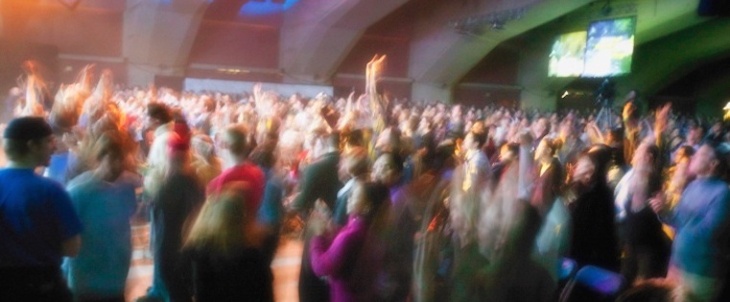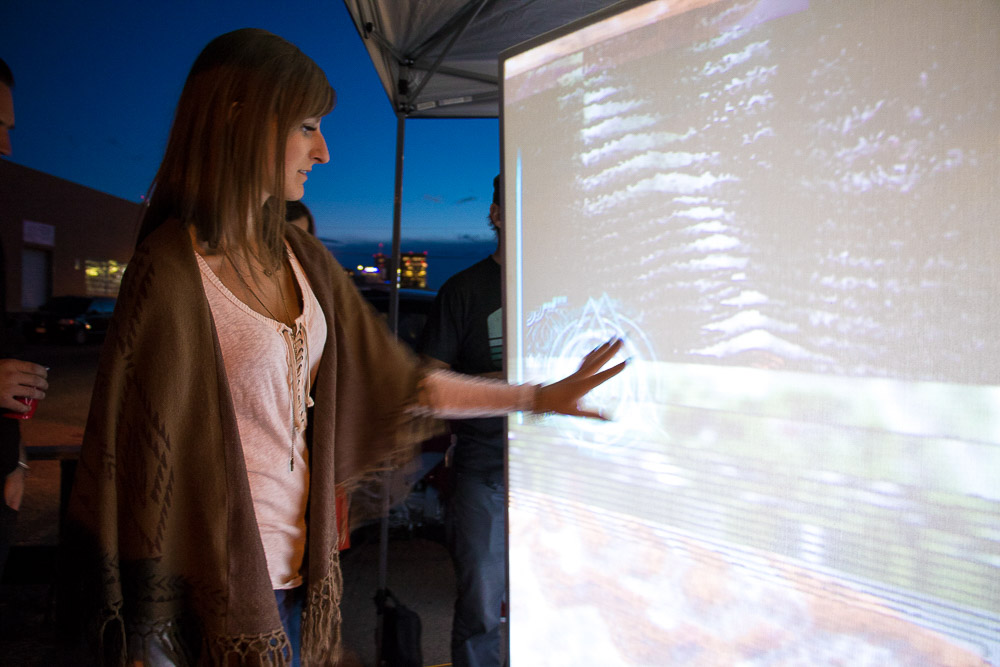Alt Ethos News- Wednesday May 3rd, 2017
Companies are quickly realizing that the most effective way to reach a broader audience is to approach them with a creative, 3-Dimensional experience. Give people an opportunity designed to suspend attention, live out their desires and sensibilities in the most immediate sense: Right before them. Whether this brightens their day or in some cases changes their life, it will leave an imprint.
Hubspot lists 7 companies whose approach captivated attention and brought unique delight.
Experiential Marketing is further amplified by the use of social media. Experiences grab audiences attention, social media allows them to spread the moment among their own circles. An experience is shared in the moment – Social media sharing effectively extends and measures these experiences in likes and shares.
One of the most beautiful aspects of this approach is in it’s genuineness. You may find that it’s much harder to scroll past an experience than an ad; Trust me, I’ve tried both. As humans we’ve molded our creations as extensions of ourselves. Experiential Design extends our reach one step further, inviting groups to interact with design and most importantly have fun.
Give people something which involves their participation. Let them draw, press a button, swipe a card, play a game, in short – express themselves, and they’ll be inclined to share with friends. The challenge isn’t in getting people to interact. We naturally want to interact. How often are we given the opportunity?
As companies evolve so should their images. Reinvention is necessary to stay fresh. Showing another dimension spikes intrigue and can bring people who may normally never meet together in one place.
Now you may be wondering “If Experiential Design is so great why isn’t everyone applying it?” which is an excellent question. My answer is twofold:
Experiential campaigns characteristically range in cost, complexity, creativeness and duration. Quality Experiential Marketing studios will consider budget, scope, customers and message all thoroughly planning along side in transparency. The key ingredient is creativity.
Experiential Design lives in our everyday environments though we may not recognize it as such. This is largely because the term is fairly new and as not widely associated with a specific title. Our attention is commonly more focused on the gesture itself than penning it with a specific term. Now consider these recent studies:
“Customer Experience is the Future of Design. Adopting practices that elevate the customer experience will undoubtedly produce a return on investment and provide a steady foundation for your brand.” – UX Magazine, 2016.
“Experiential Design increases brand awareness by 81% and increases a deeper customer involvement by 57%”. – “Brand Survey Report”, Event Marketer, 2015.
“Experiential Design activates chemicals in the brain: Dopamine, Oxytocin, Serotonin, and Endorphins; These increase happiness, productivity, and customer loyalty.”“The Neurochemicals of Happiness” Psychology Today and Technology Advice, 2014.
To learn more, here are a few of our favorite posts on Experiential Design:
The Rise of Experiential Design: What You Need to Succeed
Stores Must Learn to Think Like Facebook
Why Experiential Marketing and Social Media Go Hand-in-Hand
Matt Maes is a Denver animator focused on immersive and interactive technology. He is Chief Influence Officer of Alt Ethos, Ltd and is also an executive member of the nonprofit organization Denver Arts and Technology Advancement (D.A.T.A.)


